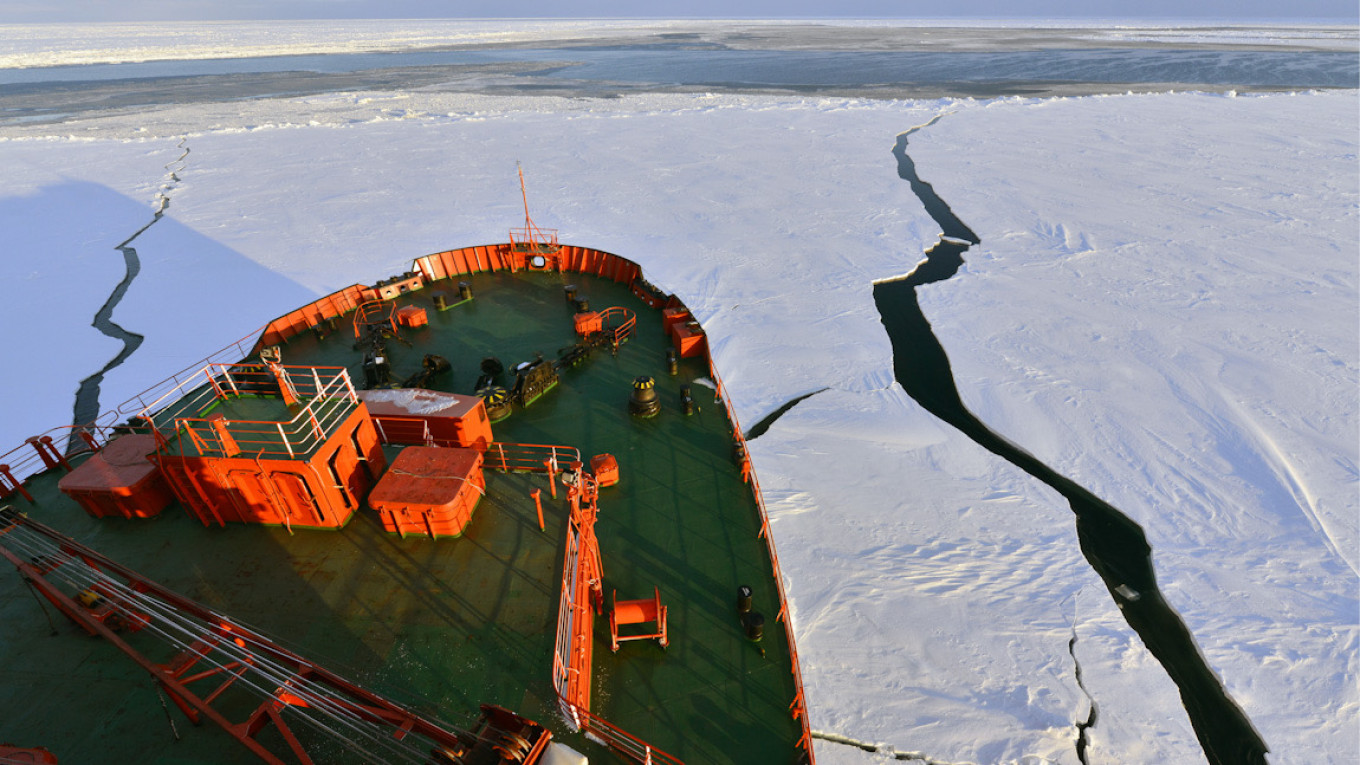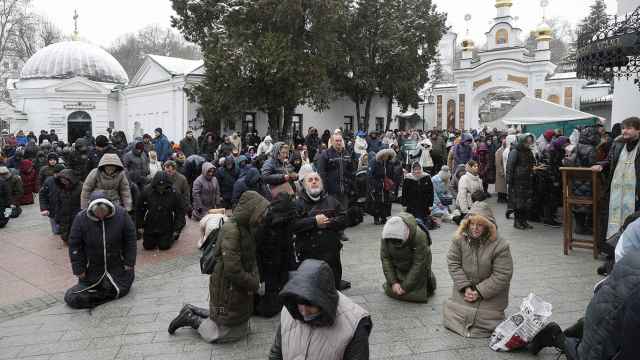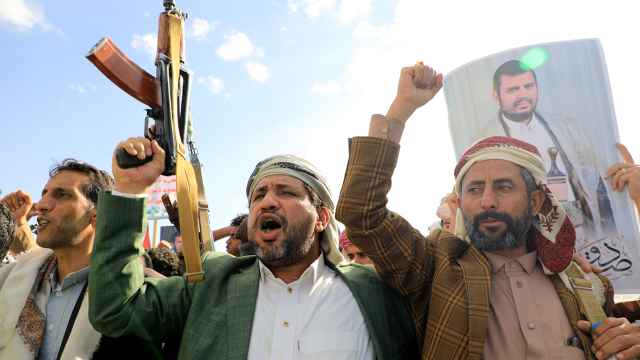Russia’s Arctic strategy is completed, for now, with the long-awaited release of the “Strategy for the Development of the Arctic Zone of the Russian Federation and National Security for the Period up to 2035.”
Russia’s National Security Council flagged the drafting of the Strategy for Development back in February. It sits with the State Policy and Socio-Economic Development strategies released earlier this year. Together, they form a trinity of Arctic strategic policies for the navigation of Russia’s Arctic interests. The Strategy for Development outlines the mechanisms that the State Policy and Socio-Economic Development plans in the Arctic will realize.
Continuity is evident in the document, with Moscow sticking to its “low tension” in the high north mandate. Russia reiterates its strategic interest in cooperative ties in the broader Arctic region. Of course, the ambitious hallmarks of Russian Arctic planning have once again snuck into the policy.
This strategy stipulates that Northern Sea Route (NSR) cargo will reach 130 million tons per year by 2035. In 2019 the NSR managed just 31.5 million tons. Focus on development goals is the mandate of the strategy with the usual suspects cited — education, healthcare, social services and connectivity are all priorities for the Kremlin in the Russian Arctic Zone (RAZ).
It is important to note that this strategy is geared towards domestic challenges and opportunities in the Russian Arctic. Nonetheless, there are international challenges posed in the Arctic for the Russian Arctic frontier, and development processes underway in the RAZ.
Climate change is clearly a priority for Russia in the RAZ. A permafrost monitoring system will be implemented to track infrastructure under threat, most of which is in the energy industry sectors of the RAZ. These sectors are of grave national economic security interest. With billions of foreign capital injected into the RAZ, it becomes a priority for the Russian government to ensure that the “future economic resource base” of the Russian Federation is protected.
That leads to a further global challenge with RAZ implications — the sharpening of conflict potential between Russia and the West. The Strategy for Development briefly mentions the role “conflict potential” in the Arctic might play in curtailing RAZ development. Indeed, to deliver on the development goals of the RAZ, primarily in terms of the energy export industry, Moscow needs a cooperative Arctic Climate.
Moscow will be ready should conflict spillover and threaten Russia’s development plan for the RAZ. However, these RAZ military-security capabilities are increasingly framed in terms of “dual-use” potential. Moscow operates a headquarters for NSR Maritime Operations. Here, Russia bolsters both search and rescue ability in the RAZ and maintains presence across its open northern flank.
Further, the strategy calls for five more nuclear-powered icebreakers for Russia’s 22220 Project, three nuclear-powered icebreakers for its Leader Project, 16 rescue and tug vessels, three hydrographic vessels and two more ships. Their procurement will be supported by a new cargo ship program to support merchant shipping in the RAZ. Evidently, maritime activity in the RAZ is set to increase.
There are three key stages in the implementation of the Strategy for Development.
First, 2020-2024 sees the foundational work undertaken for the development of social services in the RAZ communities. This will include the development of a special economic zone, the modernization of primary health care and expanded education facilities in the RAZ. The first stage of development will also see new ports in the NSR and the construction of four of the 22220 Project icebreakers. Of interest here is the planned development of “self-propelled” drifting stations for the Central Arctic Ocean for Russian research purposes. One must be careful not to draw parallels between the creation of man-made island facilities in international high seas and the international legal headache which follows. Watch this space.
Stage one of the development strategy will also see an “update” of progress in Russia’s Exclusive Economic Zone (EEZ) extension claim to the continental shelf, which is currently still with the UN’s Commission on the Limits of the Continental Shelf. While I would say this is not the submission of new scientific evidence, it is perhaps the case that the three overlapping claimants — Denmark, Canada, and Russia — plan to come to an agreement by 2024 in terms of delineation. Again, a rather lofty ideal, no matter how big a good news story it would be for the Arctic.
The second stage of implementing the development strategy is slated for 2025-2030. Priority here appears to be the increase in competitiveness of the RAZ with “year-round” shipping along the NSR underway. The final 22220 Project icebreaker is to be delivered in full and the Leader Project nuclear-powered icebreakers are to begin construction.
In a mere five years time, Russia plans to start construction of a RAZ “hub” system to deliver “trans-Arctic shipments.” Arctic fiber-optic communication cables are to be delivered as well as a “military space system that provides high temporal resolution hydrometeorological data.” This stage also includes the development of a “research fleet” for the Russian Federation. This implies plans to move well beyond the RAZ and to become a feature of the Changing Arctic Oceans (CAO) projects, perhaps to counterbalance Beijing.
The third and final stage of the new development strategy takes us to 2035. Beginning in 2031, Russia aims to significantly build up the capacity of all liquified natural gas (LNG) and oil projects across the RAZ. The development strategy goes some way to providing a roadmap for the RAZ regions.
For instance, the Murmansk region, home to Russia’s sole non-freezing Arctic port will receive new terminals. Rapid development and construction of “large offshore structures” to produce, store and ship LNG will be prioritized in the region. Murmansk will also host geological studies for mineral resource wealth on the Kola Peninsula.
In the Yamal-Nenets region of the RAZ, focus will fall on the development of the Sabetta seaport and dredging for a sea shipping channel to the Gulf of Ob. Railway networks will be expanded, a pipeline gas system will be prioritized for the Gulf of Ob and the Yamal Peninsula gas projects will be broadened. By 2035, the NSR is to be considered a competitive global transport corridor. The Leader Project icebreakers are to be delivered and the new research fleet is expected to be in operation.
Moscow’s ability to deliver and realize the development priorities laid out in this strategy are yet to be seen. Stagnated global oil prices and Western sanctions have now coupled with Covid-19 to place unprecedented pressure on the Kremlin. Having a roadmap for Russian Arctic development is one thing, getting there is another.
A Message from The Moscow Times:
Dear readers,
We are facing unprecedented challenges. Russia's Prosecutor General's Office has designated The Moscow Times as an "undesirable" organization, criminalizing our work and putting our staff at risk of prosecution. This follows our earlier unjust labeling as a "foreign agent."
These actions are direct attempts to silence independent journalism in Russia. The authorities claim our work "discredits the decisions of the Russian leadership." We see things differently: we strive to provide accurate, unbiased reporting on Russia.
We, the journalists of The Moscow Times, refuse to be silenced. But to continue our work, we need your help.
Your support, no matter how small, makes a world of difference. If you can, please support us monthly starting from just $2. It's quick to set up, and every contribution makes a significant impact.
By supporting The Moscow Times, you're defending open, independent journalism in the face of repression. Thank you for standing with us.
Remind me later.








